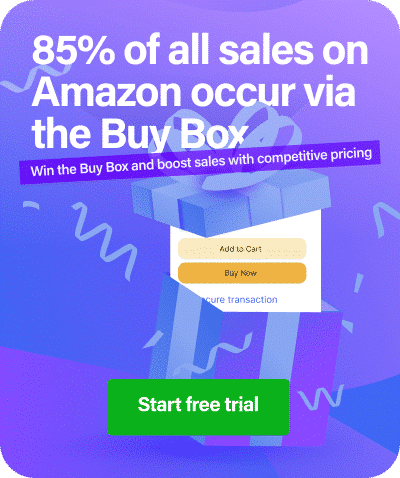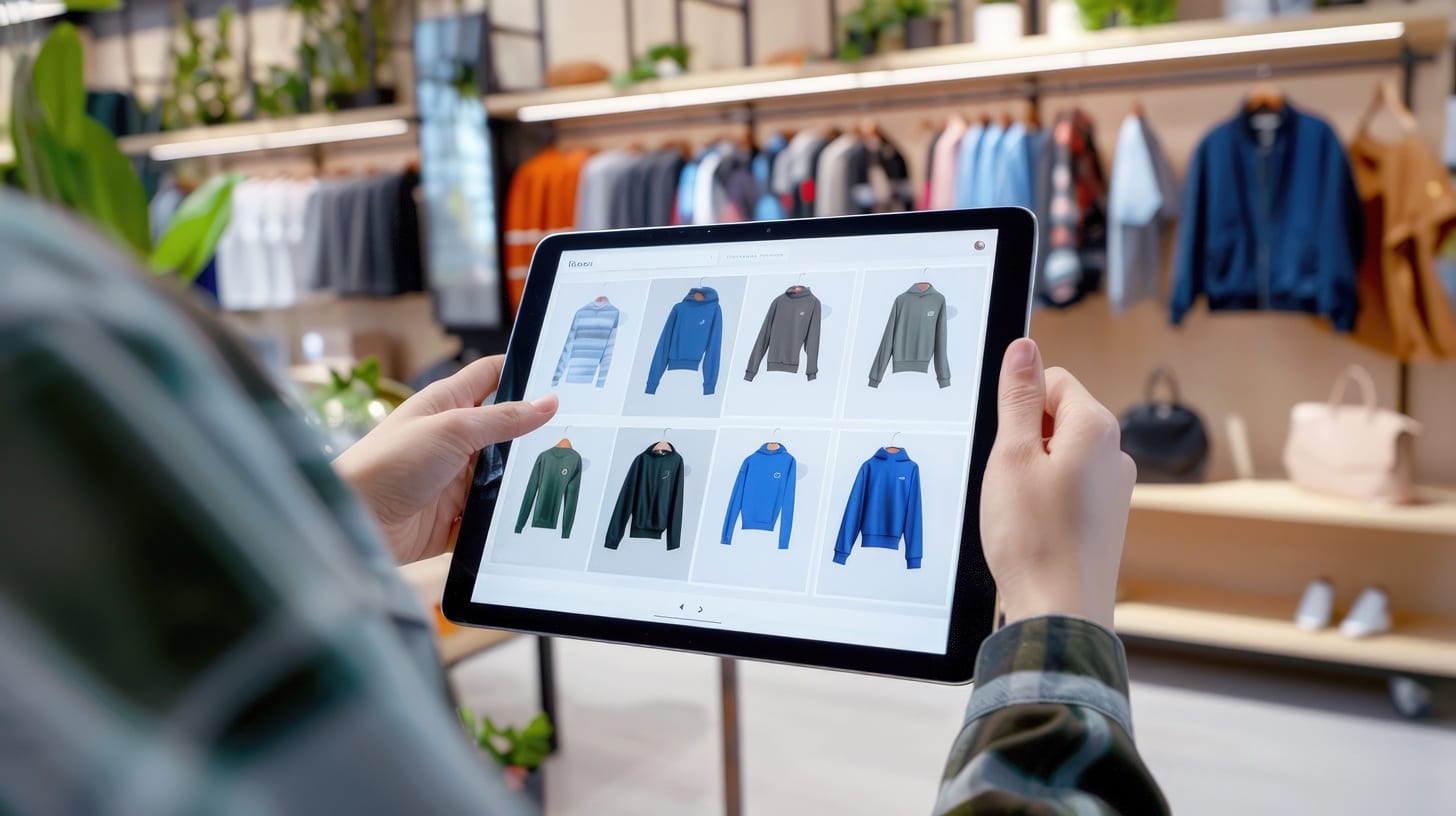With 2025 in full swing (and boy, what a year it’s been so far!) sellers continue to weigh the benefits and challenges of the Amazon FBA program. Whether you’re launching a new Amazon FBA business or reassessing your current fulfillment strategy, it’s important to evaluate how FBA stacks up against alternatives like FBM (Fulfilled by Merchant) or Seller Fulfilled Prime.
This article explores what the Amazon FBA program offers today, how it compares to other fulfillment types, and how your pricing strategy fits into the picture.
What Is the Amazon FBA Program?
Fulfillment by Amazon (FBA) allows sellers to store inventory in Amazon’s fulfillment centers. Amazon picks, packs, ships, and handles customer service and returns on your behalf. It’s a hands-off logistics model that gives sellers access to Prime shipping and Amazon’s global infrastructure.
But convenience comes at a cost. (Sadly). Which is why understanding Amazon FBA fees and logistics costs is essential to running a profitable business.
FBA vs FBM: What’s the Difference?
Before committing to any fulfillment method, you need to compare FBA vs FBM. In a nutshell… With FBA, Amazon handles everything post-sale, whereas with FBM, you manage shipping, storage, and customer service on your own or through third-party logistics. Simple enough, right?
Pros of Amazon FBA:
- Access to Prime customers and faster shipping
- Hands-off logistics and returns
- Scalable with minimal manual intervention
- Trusted by consumers due to Amazon branding
Cons of Amazon FBA:
- Complex fee structure
- Less control over packaging and branding
- Potential for high storage fees, especially for slow-moving inventory
- More competition on listings using the same fulfillment method
(If this still isn’t clear, don’t worry: check out our full breakdown here, which goes into more detail on the subject).
Understanding Amazon FBA Fees
Amazon charges for fulfillment, storage, and optional services. These fees change regularly, and in 2025, sellers are seeing increased costs tied to supply chain volatility and labor. Using an Amazon FBA fee calculator is critical for accurate profit projections.
You’ll need to factor in:
- Monthly storage fees
- Fulfillment and pick/pack fees
- Removal and long-term storage fees
- Inbound shipping costs
These can add up quickly, particularly if your inventory isn’t optimized.
How Repricing Strategies Differ With FBA
Your fulfillment model affects your pricing strategy. With FBA, your products are Prime-eligible, which can justify higher prices. However, the competition is fierce, so staying competitive requires dynamic pricing adjustments.
That’s where repricing automation becomes crucial. Repricer tools can automatically adjust your prices based on competitor behavior, buy box eligibility, and fulfillment type …without constant manual oversight.
Building an Amazon FBA Business in 2025
Running a successful Amazon FBA business in 2025 requires more than just sourcing good products. You need strong inventory management, accurate cost forecasting, and optimized listings.
For guidance on managing stock effectively, check out: Amazon FBA business
You’ll also need to stay updated with Amazon’s ever-changing policies and leverage tools that help you scale.
Alternatives to FBA
While the Amazon FBA program offers powerful logistics capabilities, it’s not the only game in town. Seller Fulfilled Prime is an attractive hybrid option that lets you offer Prime shipping while maintaining control over your warehouse and branding.
For sellers with thin margins or unique products, FBM may provide better flexibility and cost control…especially if you already have fulfillment infrastructure in place.
Is the Amazon FBA Program Right for You?
In 2025, the decision to use Amazon FBA depends on your business model, resources, and goals. FBA is ideal for sellers focused on scalability and fast shipping. But if you want control over branding, lower fees, or a unique customer experience, alternatives like FBM or Seller Fulfilled Prime may make more sense.
If you choose FBA, make sure to optimize every part of the process – from product selection to shipping plan. For a walkthrough of how to start, visit: fulfillment by Amazon
Ready to boost your FBA performance? Of course you are.
Book a Demo to see how automated repricing can increase your profits and help you win the Buy Box.





